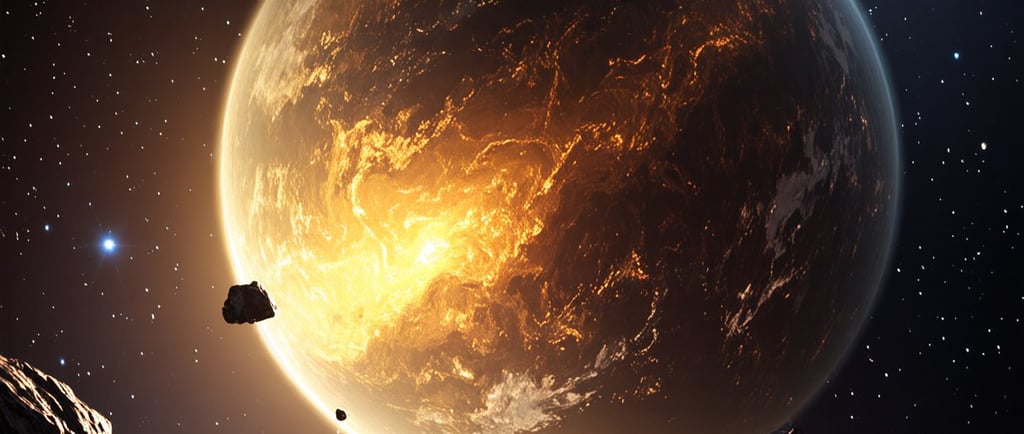The Scorching Kepler-7b


Introduction to Kepler-7b
Kepler-7b is a fascinating exoplanet that has captivated astronomers and space enthusiasts alike. This Jupiter-like world is particularly remarkable as it was the first planet outside our solar system to have its clouds mapped, providing significant insights into its atmospheric conditions. As we delve deeper into the unique characteristics of this planet, we uncover a vibrant yet harsh environment.
Tidally Locked Habitats
One of the most striking features of Kepler-7b is its tidally locked nature. This means that the planet rotates on its axis in such a way that one side constantly faces its star. As a result, one hemisphere experiences relentless scorching daylight, while the opposite side is engulfed in perpetual freezing night. This intense discrepancy in temperatures leads to a dramatic weather system, setting it apart from other known exoplanets.
The Weather Patterns of Kepler-7b
Mapping the clouds of Kepler-7b has provided scientists with a window into the planet's atmospheric dynamics. The study identified that the extreme intensity of the sunlight on the day side can generate superheated air, which is then transported across the planet to the night side. This unique climatic phenomenon not only influences temperatures but also affects the formation of clouds and weather patterns. The resultant weather systems on Kepler-7b challenge our understanding of planetary atmospheres, as they function under conditions vastly different from those found on Earth.
The discovery of Kepler-7b's atmospheric behavior highlights the complexities and variabilities of distant worlds. With continued research, we can expect to learn more about how it compares to other gas giants within and outside our solar system.
